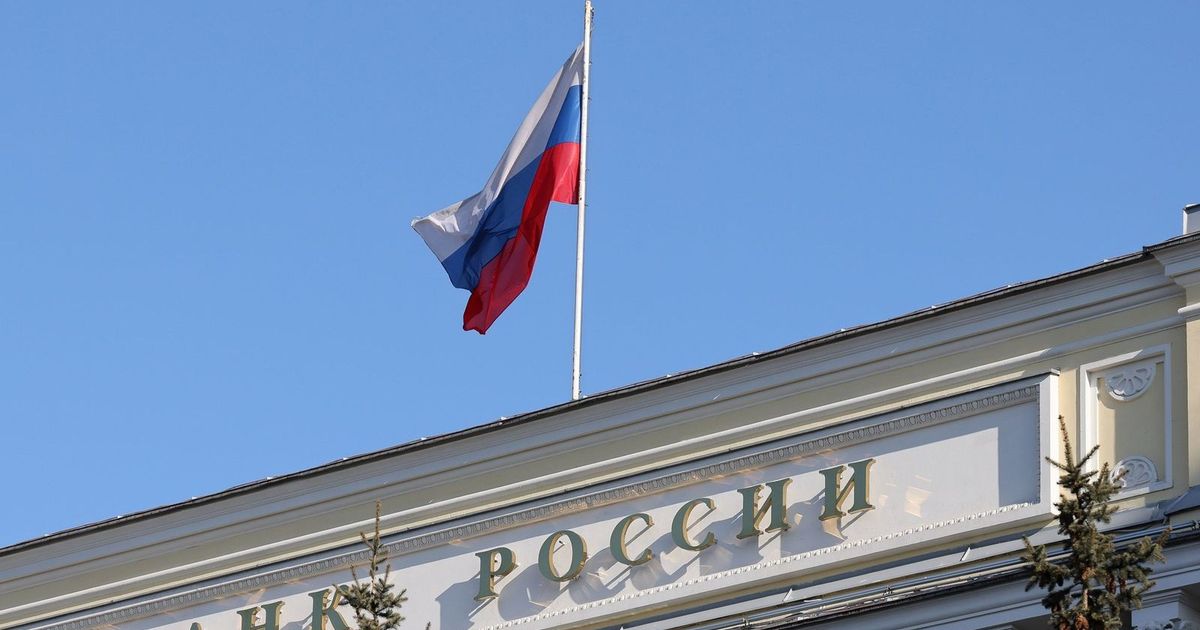Russia may pause or delay its rate cut cycle this week, with inflation risks rising due to Ukrainian attacks on refineries and tax hikes looming. Although the economy is reeling under the weight of high borrowing costs, which the central bank only began lowering in June, Governor Elvira Nabiullina’s team showed increasing caution ahead of the Monetary Policy Committee meeting on Friday. In a revealing meeting last week, Alexei Zabotkin, one of his deputies, promised to make a “balanced decision” that reflected “all available information” as the deputies urged him to reduce the burden on the budget and companies. Russian interest rate expectations This situation has kept economists divided on the results of Friday’s meeting, as about half of them expect a cut in the current key interest rate of 17%, while the rest expect no change. The Russian Central Bank will announce its decision at 13:30 Moscow time, followed by a press conference at 15:00. “The recent acceleration in price increases and rising inflation expectations limit the possibility of lowering interest rates,” said Andrey Milashenko, chief economist at Moscow-based Renaissance Capital. The central bank is expected to either keep the interest rate at its current level, or move more cautiously by cutting it by half a point, after cutting it by a full point in September. Also read: Below expectations.. The Russian Central Bank cuts interest rates by 100 basis points. Inflation in Russia is rising again. After inflation briefly approached the Russian Central Bank’s target of 4%, it rose again. The recovery in inflation is partly due to the end of seasonal factors such as the fall in fruit and vegetable prices during the summer, while the impact of the strong ruble is also beginning to fade. But the biggest reason is the lack of fuel. With the Kremlin showing little interest in ending the war it started in 2022, Ukraine is stepping up its attacks on energy infrastructure, including refineries, oil pipelines and seaports. Gasoline prices rose 3% in September, and continued to rise an additional 2% this month. Current developments are also increasing pressure on volatile inflation expectations. You may be interested in: Russia Bans Diesel Exports to Distributors, Expands Gasoline Restrictions. The Central Bank expects that the increase in recycling fees on imported cars will reduce the supply of these vehicles, and estimates that the plan to increase the value added tax from 20% to 22% in 2026 – to finance consumer defense expenditure, which will increase the consumer rate between 0% and 0 percent. Such measures could undermine the decline in households’ expectations regarding future inflation, which could limit the central bank’s ability to continue to ease its monetary policy. The Central Bank of Russia is cautious, the Central Bank said this month: “With several temporary factors interfering to increase inflationary pressures, monetary policy should take into account their cumulative impact on efforts to reduce inflation expectations.” “The timing and continuation of interest rate cuts depends on the strength of this effect.” Inflation expectations held steady at 12.6% in October. The central bank said monetary policy decisions should remain “carefully calculated” and “cautious”. The bank estimates that to reach its inflation target by the end of next year, seasonally adjusted monthly readings will need to remain close to 4% for an extended period. The fall to this level in June paved the way for the latest wave of interest rate cuts, after they peaked at 21%. Although it helped calm fears of a recession, monetary easing may now stop before providing tangible support to companies. US sanctions threaten the Russian economy. New US sanctions on the two largest oil producing companies in Russia are likely to increase existing pressures. Also read: Washington is punishing the Russian oil sector, targeting “Rosneft” and “Lukoil”, in addition to reducing a major source of financing for the war – taxes arising from oil exports. Petur Mattis, senior analyst at In Touch Capital Markets, said: “The recent measures could also have negative effects on the Russian economy and increase the chances of… Sharp decline. He added that a larger than expected interest rate cut could be interpreted as a preventive move to support the economy. Olga Belinkaya, an analyst at Finam Investment Company in Moscow, said the key interest rate in Moscow is rising more. as consumer demand and production in defense related sectors. This explains the continued rise in wages and consumption despite the slowdown in economic expansion. In fact, the unemployment rate is at a record low of 2.1%, fueling competition for labor and making wage growth outpace labor productivity gains. It stimulates on its part alters consumer demand and adds inflationary pressure. Zabotkin acknowledged that the historically low unemployment rate would be a “big” topic of discussion this month. Also read: Putin denies the stagnation of the Russian economy and supports the interest rate path. Sofia Donets, chief economist at T-Investments, who expects interest rates to remain at their levels this week, said: “The central bank’s task is currently very difficult.” “He must balance the risks of an excessive slowdown in economic activity against the risks of inflation returning to a rise.”
Doubts over interest rate cuts in Russia as war bill rises
